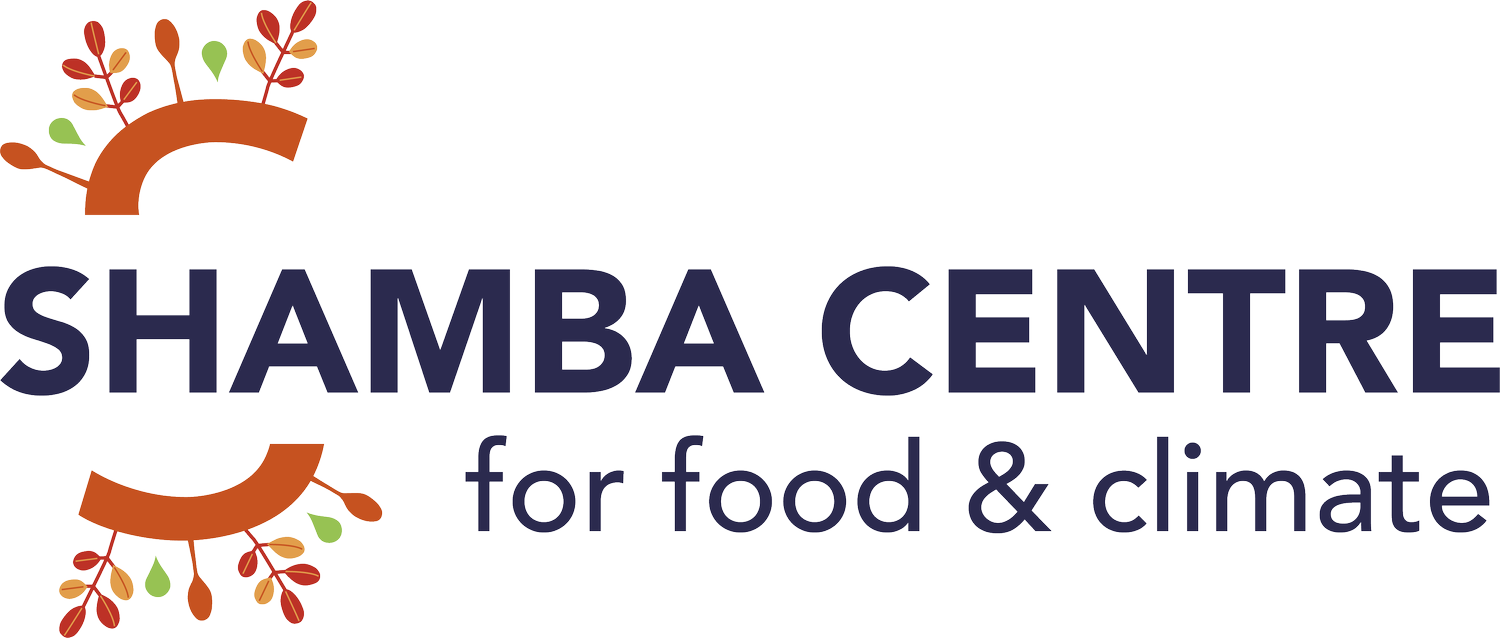
Why using yield as a productivity indicator is counterproductive
30 September 2024, Işık Ozturk, Senior Scientist in Climate and Agriculture
Modern agricultural policies focus on increasing yields to boost food security. This emphasis on yield stems from the Green Revolution, which in the past, dramatically increased food production through the use of hybrid seeds, chemical fertilizers, pesticides and irrigation. While successful in addressing short-term hunger, this focus on maximizing output overlooks critical aspects of sustainability and resource efficiency.
The problem with prioritizing yields
Modern agriculture contributes significantly to environmental degradation, climate change, and the depletion of essential resources. These challenges not only expose the limitations of yield as the primary measure of success, but also mask inefficient resource use and long-term damage to farming (eco)systems. Relying heavily on inputs to drive yields creates dependencies that harm farm profitability and environmental health.
By prioritizing yield, we risk ignoring more sustainable farming practices that focus on maximizing output with fewer resources. This is increasingly important as the effects of climate change become more pronounced every day. In many cases, a farm with a lower yield may actually be more sustainable and profitable if it efficiently utilizes resources, reduces waste, and minimizes environmental harm (LaCanne & Lundgren, 2018). This makes it clear that evaluating farm performance solely based on yield is both short-sighted and incomplete, failing to capture the broader picture of long-term agricultural viability.
The focus on yield leads to following problems:
Resource overuse: High yields typically require large quantities of inputs, which raises costs and reduces sustainability.
Profitability concerns: More output does not guarantee higher profits, especially if input use is inefficient.
Environmental harm: Over-reliance on chemical fertilisers, pesticides, and constant irrigation leads to long-term damage such as soil degradation and biodiversity loss.
Short-term focus: Yield-centred strategies often prioritise immediate gains over long-term sustainability, putting natural resources at risk.
Shifting towards technical efficiency
Instead of simply aiming for higher yields, a better metric is (farm) technical efficiency—the ability to maximize output with minimal inputs. Farms operating with high technical efficiency produce more while using fewer resources, which leads to lower costs and reduced environmental impact. This approach emphasizes input optimization (using the right amount of resources), the use of available technology, and benchmarking to identify areas for improvement. Compared with yield data, measuring technical efficiency requires more detailed information on resource use. However, advances in digital tools, satellite monitoring, and sensors simplify the tracking of input and output data, offering real-time insights for farmers. These innovations provide a path to better resource management and improved productivity.
Though yield may remain a convenient measure, it is misleading and provides incomplete information. It is dependent on countless local factors—biophysical, environmental, and physiological—which are largely ignored in policy discussions. The assumption that low yields must be raised to some arbitrary benchmark is misguided. The "yield gap" framework, rooted in Green Revolution, is harmful and unsustainable when applied universally without considering local conditions. Integrating technical efficiency metric into agricultural policy development can help farmers maximize output without compromising long-term sustainability. This method balances productivity with resource conservation, offering to develop a more sustainable path toward food security.
Reference
LaCanne, C. E., & Lundgren, J. G. (2018). Regenerative agriculture: Merging farming and natural resource conservation profitably. PeerJ, 6, e4428. https://doi.org/10.7717/peerj.4428
